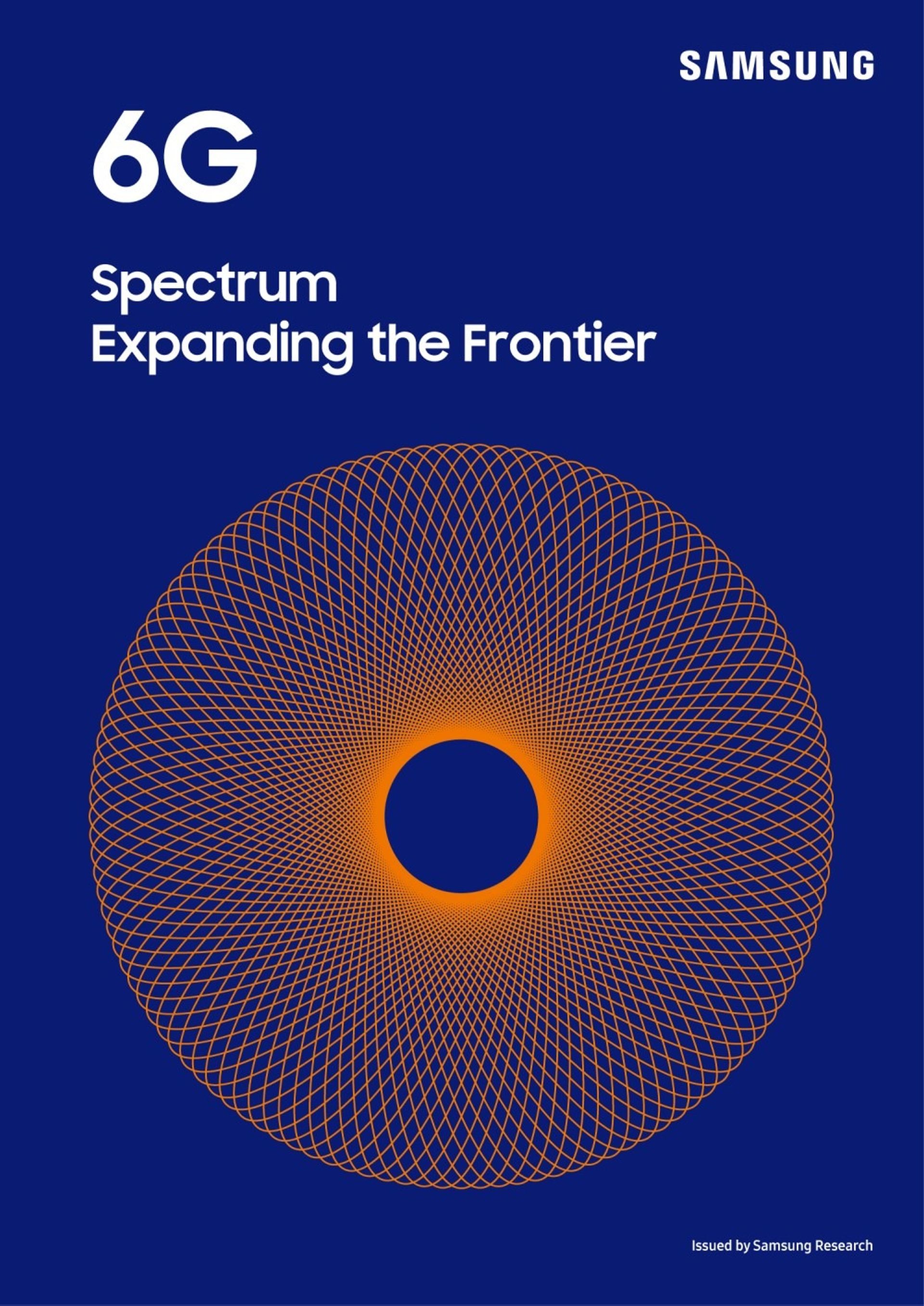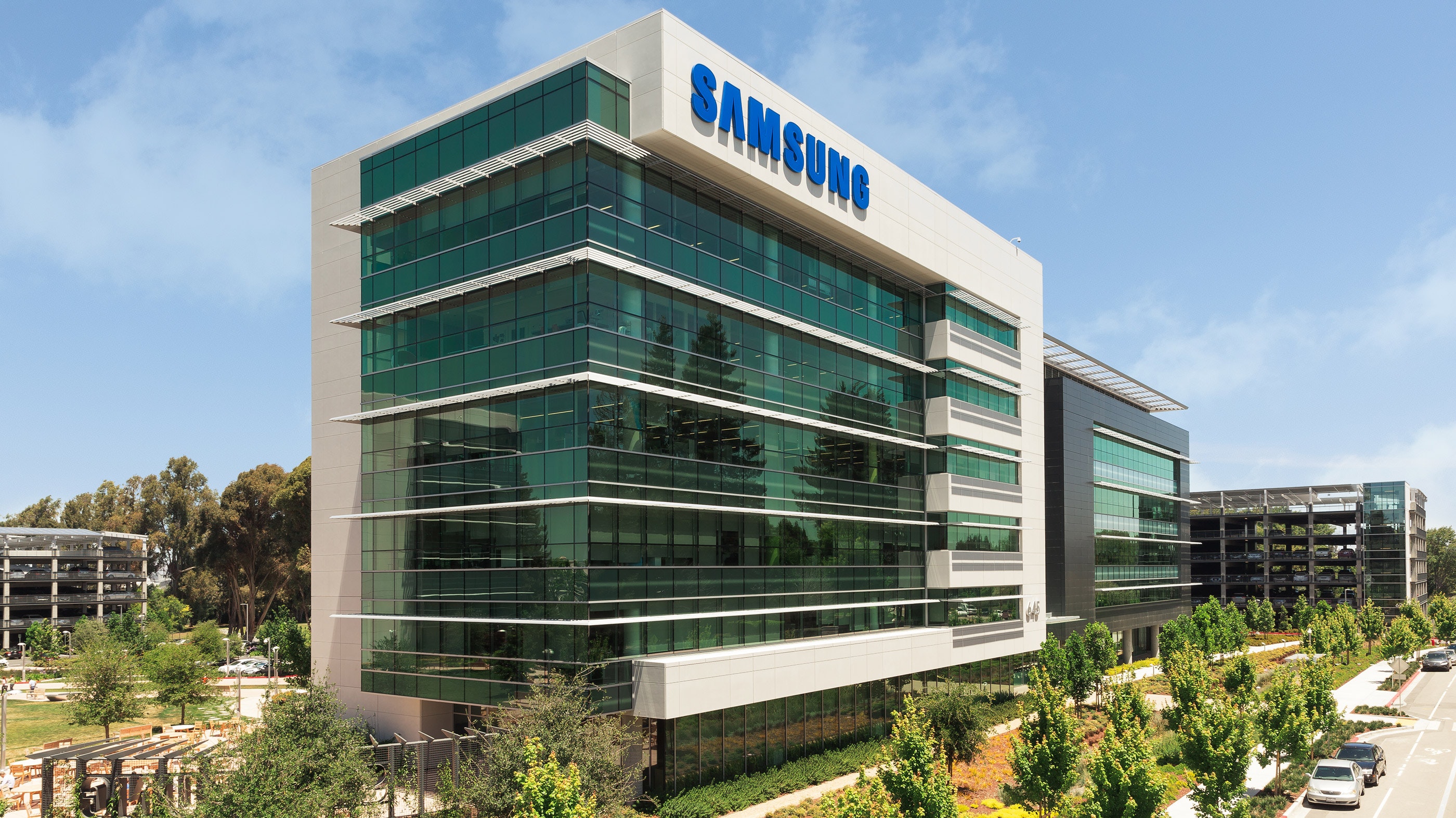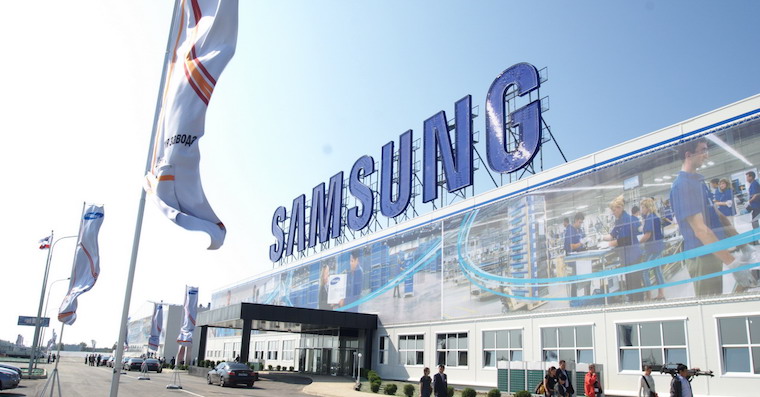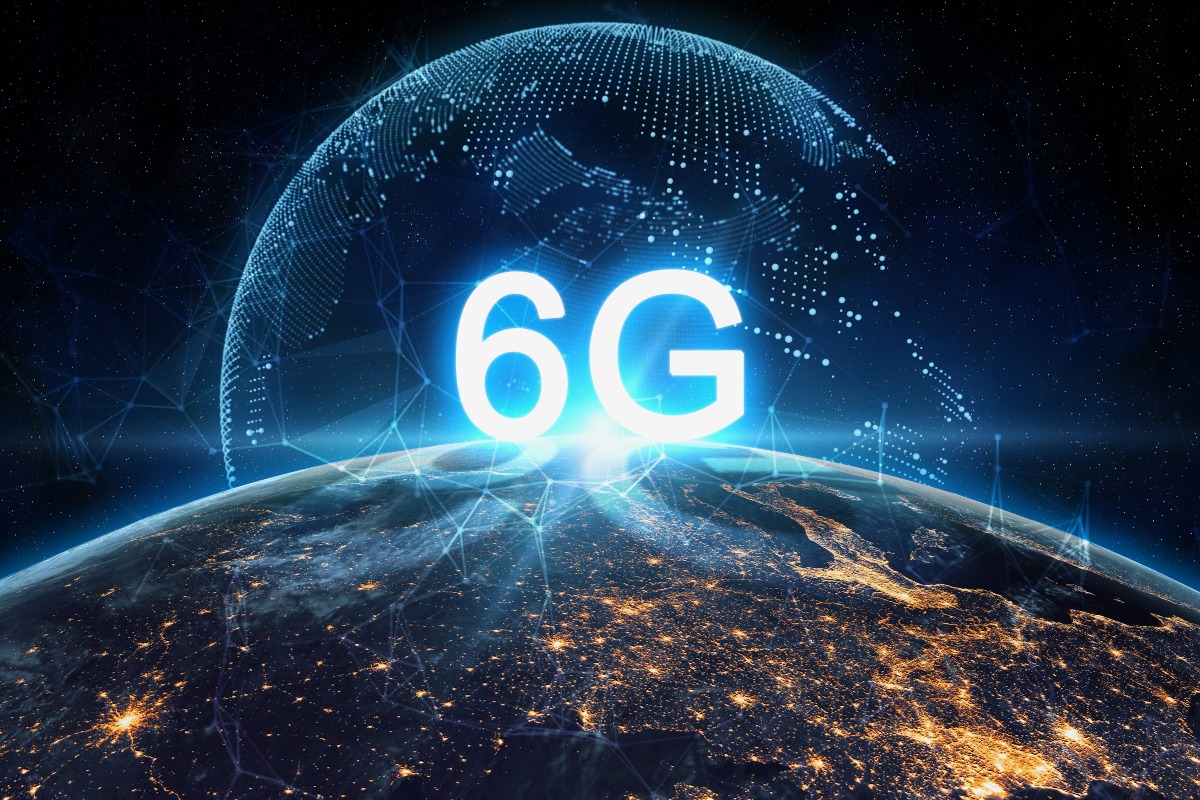Samsung has released a document outlining its vision for securing global frequency bands for 6G, the next-generation communications technology. The documentary, titled 6G Spectrum: Expanding the Frontier, looks at ways to acquire the spectrum needed to achieve the visions that the Korean giant presented as early as mid-2020.
6G requires ultra-wide contiguous spectrum ranging from hundreds of MHz to tens of GHz to enable new services such as high-quality mobile holograms and truly immersive augmented reality that feature high-speed communications and large volumes of data. There is also a growing demand for more coverage. In response to these requirements, Samsung proposes to consider all available bands for 6G, from low with frequencies up to 1 GHz, through medium vs frequencies from 1-24 GHz, to high bands in the 24-300 GHz range.
In its new document, Samsung also emphasizes the importance of securing the new bands for commercial 6G deployments, as 5G networks will still be operational after 6G is rolled out. According to the company, a mid-band in the 7-24GHz range is a candidate that can support higher data rates and reasonable coverage. In order to support ultra-high transmission speed, it is considering a sub-terahertz (sub-THz) band with a frequency of 92-300 GHz. In addition, the document mentions the conversion of existing bands used for 3G, 4G and 5G networks to 6G operation as another way to acquire the necessary spectrum for next-generation networks.
Along with the release of the document, Samsung highlights its research findings on some 6G candidate technologies such as sub-THz band communication, reconfigurable intelligent surface (RIS), AI-based nonlinear compensation (AI-NC) or AI-based energy saving (AI- EC). The sub-THz band is considered a spectrum candidate for 6G, which is expected to support data rates of up to 1 TB/s. For comparison: 5G networks can handle a maximum of 20 GB/s. In June of last year, Samsung successfully tested a transmission speed of 6 GB/s at a distance of 15 m indoors, and this year 12 GB/s at a distance of 30 m indoors and 2,3 GB/s at a distance of 120 m outdoors.
RIS can improve the sharpness of the beam and can direct or reflect the wireless signal in the desired direction using the metamaterial surface. It can reduce penetration loss and obstruction of high frequency signal such as millimeter wave. Samsung's tests show that this technology can increase the signal strength up to four times and the range of the beam direction up to 1,5 times. AI-NC uses artificial intelligence on the receiver to compensate for signal distortion caused by the nonlinearity of the transmitter's power amplifier, which can noticeably improve the coverage and quality of high-speed data signals. In its tests, Samsung demonstrated a 1,9x improvement in coverage for the high-speed data uplink and a 1,5x improvement in transmission speed for that coverage.
You could be interested in
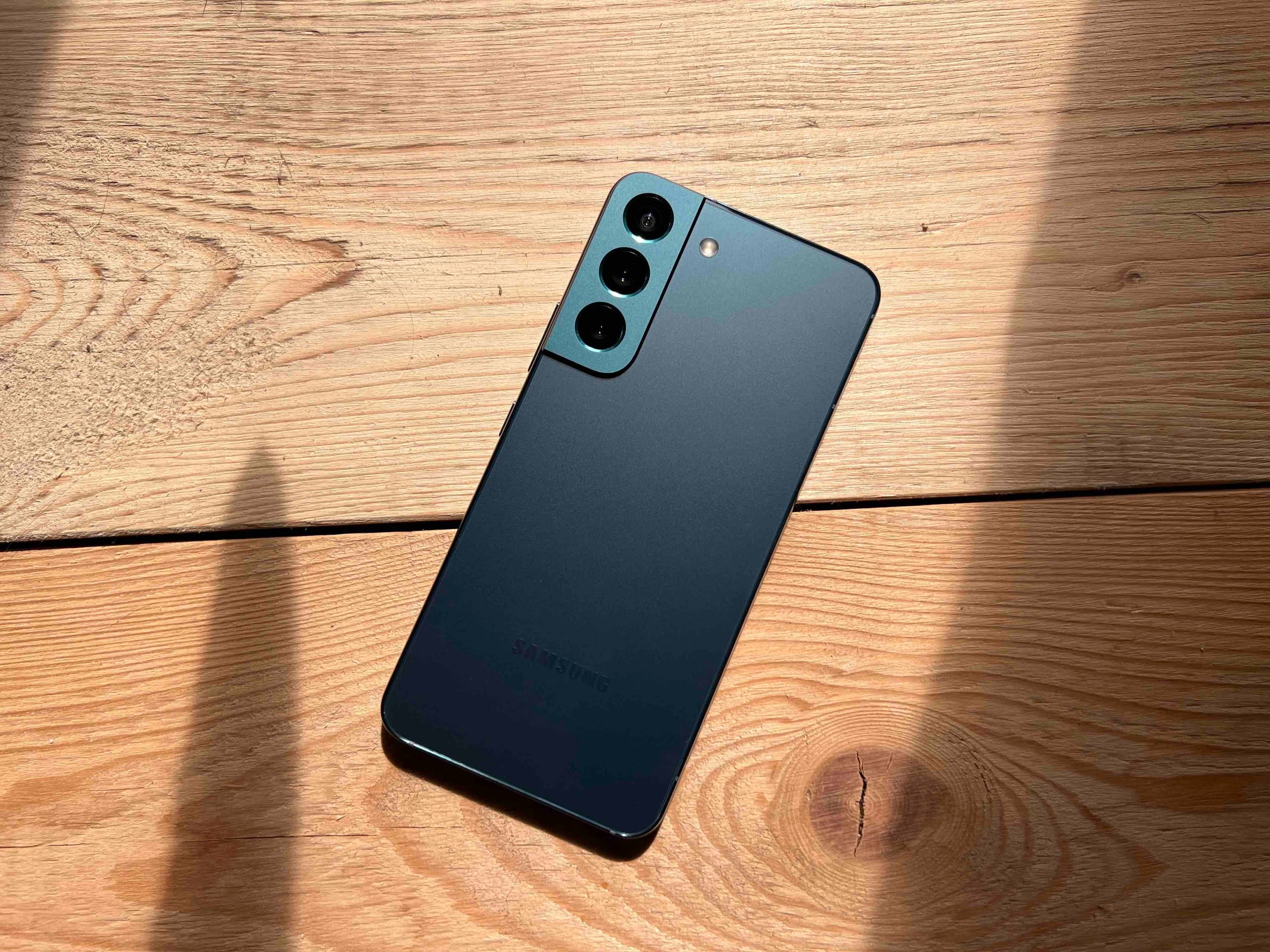
Finally, AI-ES uses AI to minimize power consumption at the base station by adjusting the parameters that control the switching on and off of selected cells according to traffic load without affecting network performance. More than 10% energy savings came out in Samsung's tests. More knowledge that the Korean giant acquired during 6G research will be published in the framework of the conference called Samsung 6G Forum, which takes place on May 13.
